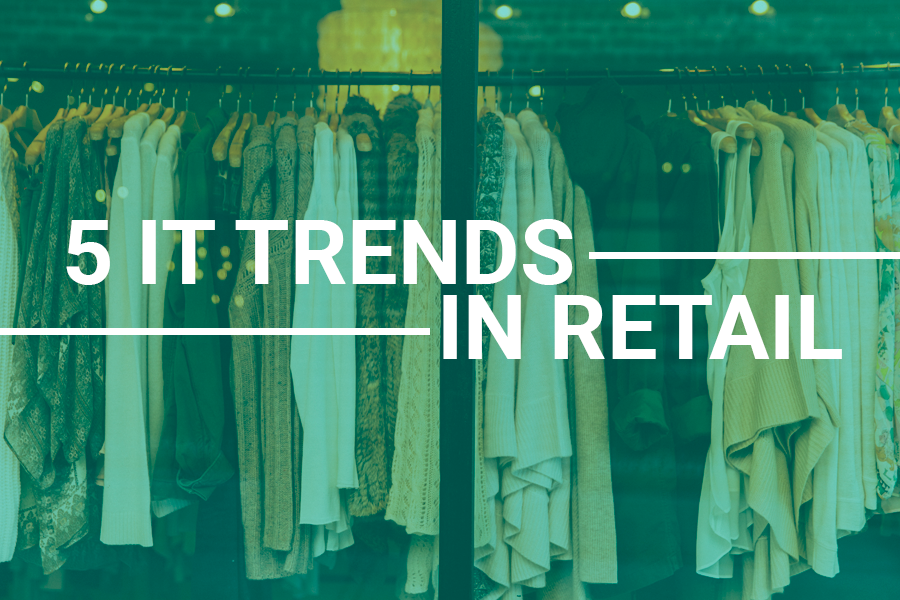In the retail sector, competition for customers is becoming tougher year after year, making marketing teams turn to innovations. Here are some promotion solutions of the coming future.
Video analytics and neuromarketing create personalized experience
When used together, video analytics, face recognition, and neuromarketing systems can create personalized experience for each store visitor. Such solutions recognize person’s age and gender and, right away, display on the screen the very goods he/she may be interested in, using bright light in the relevant areas and dimmed light in the others. Indeed, the ability to recognize faces and emotions brings customer communication to a new level. For example, a system can pinpoint regular customers and make them special offers to improve their loyalty.
One large store in Paris already uses ‘smart’ wine display cases. Now, all a visitor needs to do is press a combination of buttons assigned to a particular wine type (say, French semisweet), and the system will spotlight the section with relevant bottles. This service is very convenient and saves customers time, as they no longer need to read all the labels.
Biometrics make payments easier and faster
Payments using biometric data is a hip and happening trend in the banking sector. This way, we already can open an account, get a loan, and, in some cases, transfer money to other people.
According to Goode Intelligence, over 2.6 billion people will make payments using biometric data by 2023. This is a truly convenient approach that will eliminate waiting lines or the need to show a passport for age confirmation. Moreover, these technologies will keep track of customer preferences to offer them personalized discounts.
Digital Signage ensures interactive communication
In a survey conducted by Ovum, an independent analytics firm, 70% of retailers identified interactive digital customer communications as the number one trend to become widespread by 2020.
In 2018, U.S. grocery retailer Kroger implemented digital displays that show product prices and nutrition values instead of traditional paper price tags, while Bosch flagship store deployed a comprehensive multimedia solution that allows visitors to explore product catalogues, compare functional characteristics of appliances, and place orders using touch panels. In the future, such technologies will become an ordinary part of our everyday lives.
Mathematical models find out customer preferences
In the near future, retailers will be routinely using mathematical models to analyze preferences of their customers and help them choose accordingly. U.S. thrift store thredUP is already living the future! Originally opened as an online store only, thredUP started its offline operations in 2018 and recently launched Goody Boxes clothing subscription service. Mathematical model algorithms memorize preferences of visitors and help put together boxes customized to their individual style and budget.
Robots solve simple tasks for customers
In the future, robots will effectively communicate with store customers helping them navigate and find what they need, thus freeing up human consultants for more creative tasks and customer relationship building.
As an example, Lowe’s, an American retail company specializing in home improvement, launched LoweBot that moves around the store and communicates with visitors helping them find necessary products.
